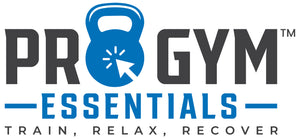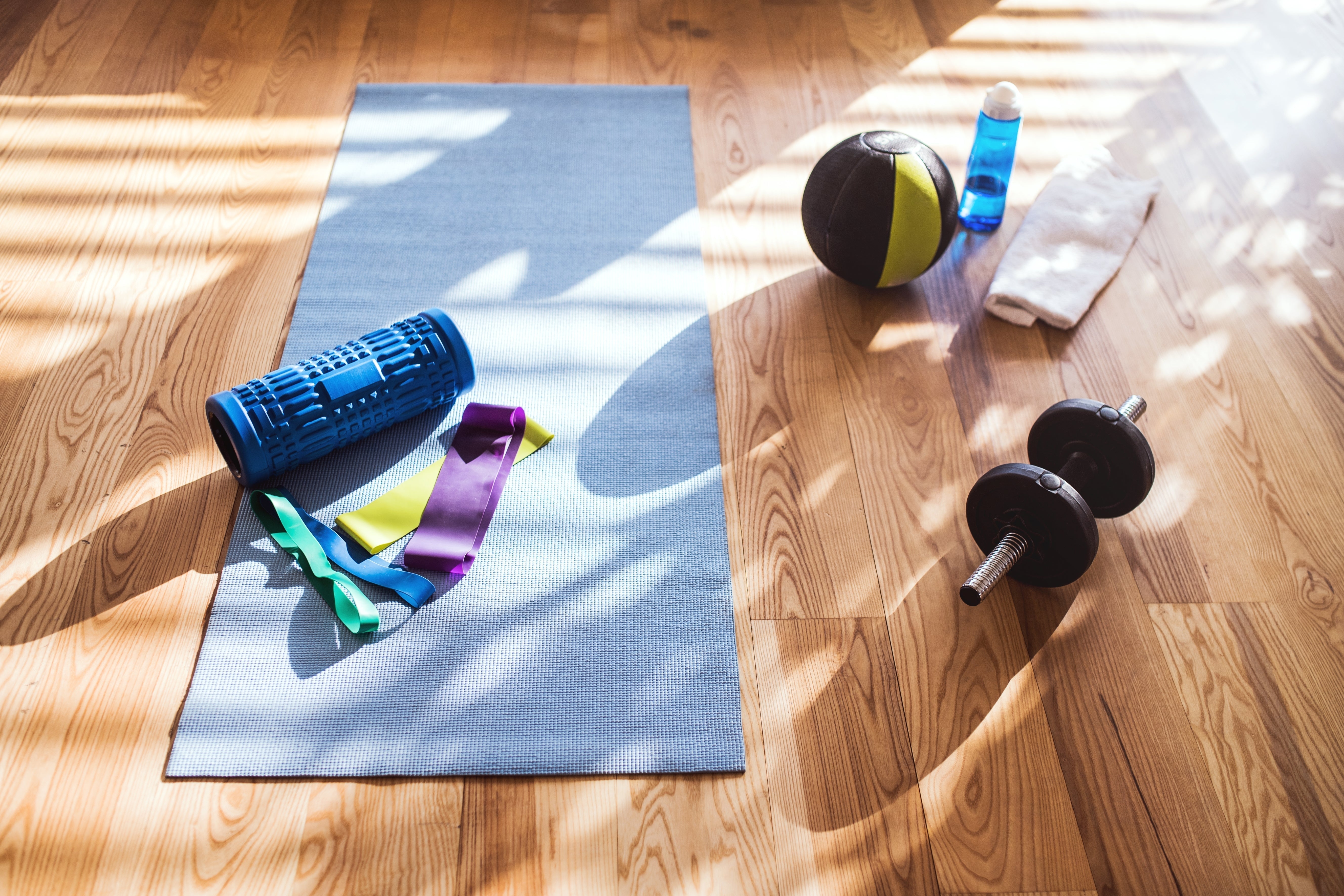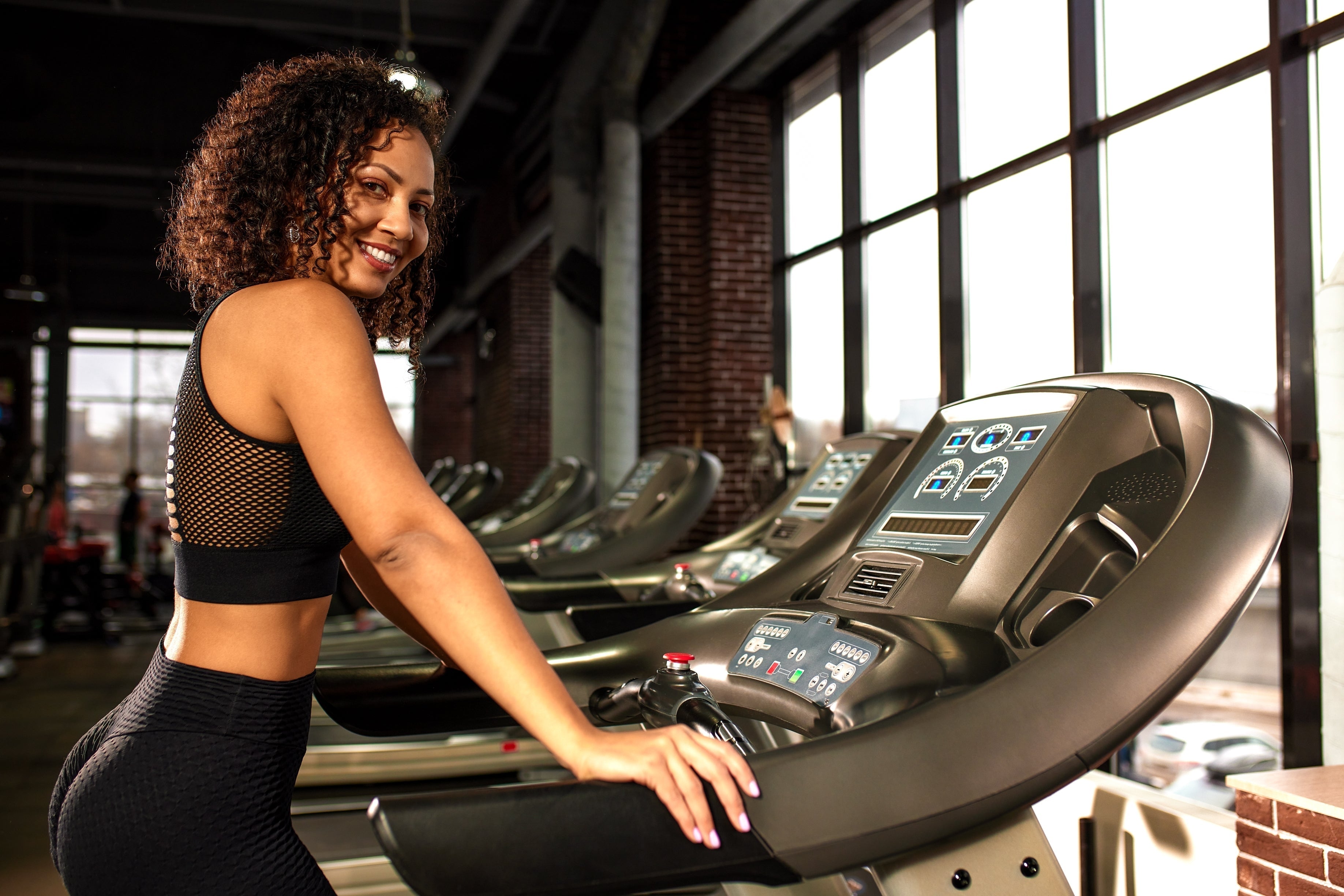The Smart Way to Stretch: What Works, What Doesn’t, and a 10-Minute Routine
Short version: Stretching isn’t about touching your toes; it’s about moving better, lifting safer, and recovering faster. Do dynamic work before training and static holds after. Consistency beats heroics.
Why stretching matters (for real people, not gymnasts)
-
Better range of motion: Quality reps at full depth = more stimulus, fewer compensations.
-
Injury risk down: Warm tissues + controlled ranges reduce strains and awkward “twinges.”
-
Performance up: Efficient positions mean stronger lifts, smoother running, cleaner technique.
-
Recovery support: Post-session downshifts the nervous system and eases next-day stiffness.
Dynamic vs static: when to use each
-
Before training → Dynamic. Think movement, not holding: leg swings, controlled hip circles, walkouts. Increases temperature, primes joints, keeps power output high.
-
After training (or on rest days) → Static. 20–40s holds to gently lengthen tissues and calm the system. Pair with easy nasal breathing.
Rule of thumb: Move before, hold after.
Common mistakes (and easy fixes)
-
Mistake: Long static holds before heavy work.
Fix: Keep pre-work static holds <10s, or skip them; use dynamic prep instead. -
Mistake: Random stretches that ignore your training.
Fix: Target the areas you just used (e.g., squats → ankles, hips, thoracic spine; pressing → pecs, lats, T-spine). -
Mistake: Forcing range and holding breath.
Fix: Mild discomfort only, slow exhales, and gradual progress.
The 10-minute pre-workout mobility (dynamic)
Do one controlled set each; total ~10 minutes.
-
Spinal walkouts (inchworm to high plank → back) x 5
-
World’s Greatest Lunge (elbow to instep + T-spine rotate) x 5/side
-
Hip airplanes (supported) small arcs x 6/side
-
C-spine & T-spine prep: chin tucks x 6, then kneeling thread-the-needle x 6/side
-
Ankle rocks (knee over toes, heel down) x 15/side
-
Banded or PVC shoulder openers (pass-throughs) x 10
Ready check: You should feel warmer, joints greased, no fatigue.
The 10-minute post-workout flexibility (static)
Hold 20–40 seconds; breathe slowly through the nose.
-
Hip flexor couch stretch x 2/side
-
Glute/figure-4 on bench or floor x 1–2/side
-
Calf wall stretch (knee straight, then soft bend) x 1 each/side
-
Pec doorway stretch x 1–2/side
-
Lats/child’s pose with side bias x 1/side
-
Thoracic extension over foam roller gentle holds x 4–5 breaths
Two to three sessions per week beats one long session now and then.
For lifters & runners: priority map
-
Deep squats feel sticky? Hit ankles (knee-over-toe rocks), adductors (cossack flow), T-spine (thread-the-needle).
-
Pressing is tight? Pec doorway, lats on bench, T-spine extensions.
-
Hamstrings “always tight”? Often neural tension + hips. Add glute work and controlled hinge drills; don’t just yank on the hamstrings.
Safety & progression
-
Mild stretch only (3–4/10). Numbness/sharp pain = stop.
-
Tempo breath: Inhale 4s, exhale 6–8s during holds.
-
Progression: Add 5–10s per hold each week or a little more range—never both at once.
Gear that helps (and lasts)
-
Foam roller for T-spine and quads.
-
Mobility band for ankles/shoulders.
-
Non-slip mat for stable positions.
(If you stock these, add links to your bestsellers here.)
Wrap-up
Stretching isn’t a punishment lap. Done right, it’s a performance tool: dynamic to prepare, static to recover, consistent to improve. Save this routine, run it for four weeks, and you’ll feel the difference in your first working set.



